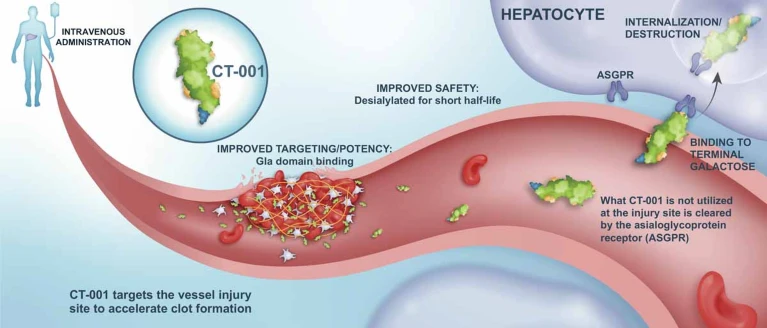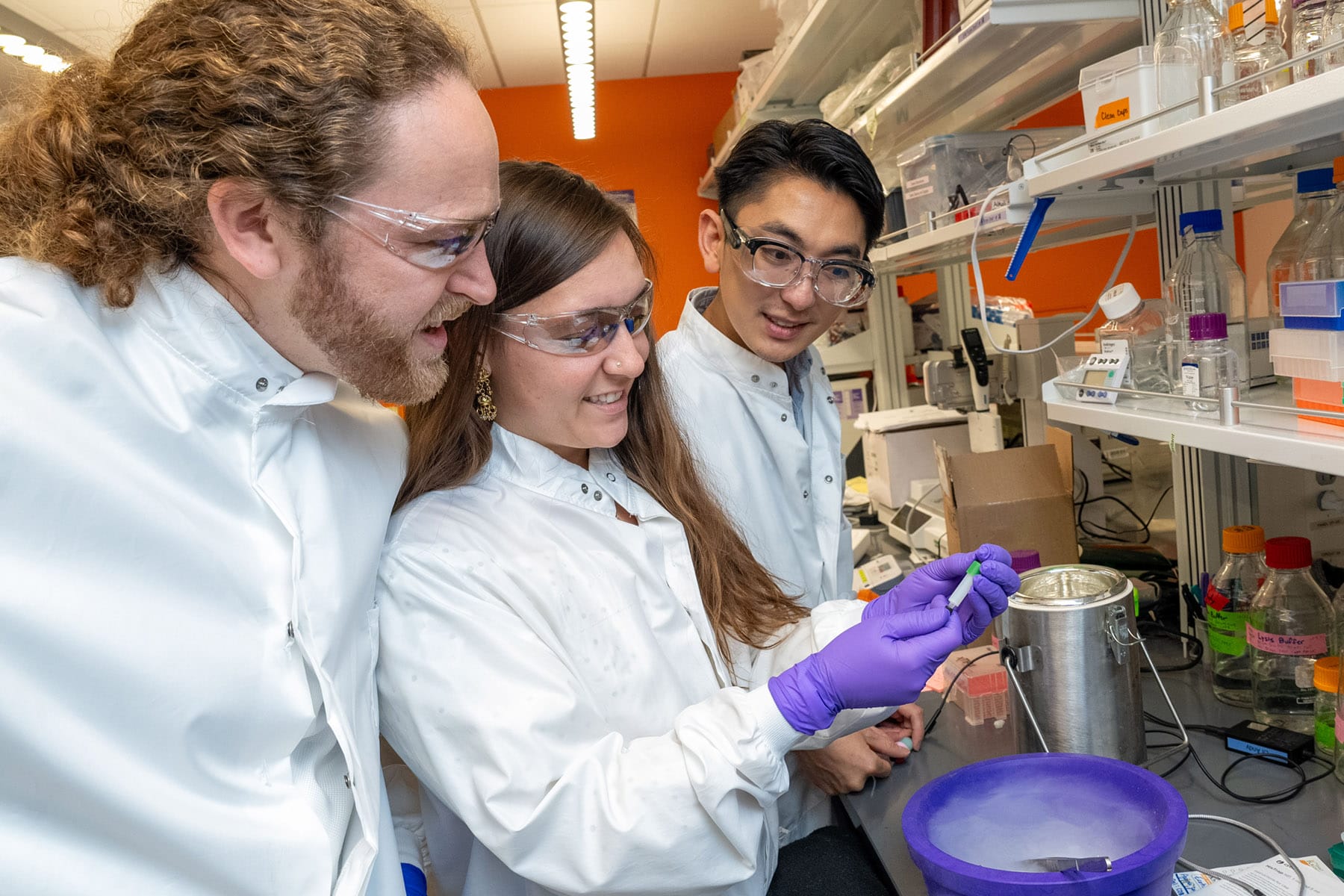This Pill Could Protect Us From Radiation After a Nuclear Meltdown
By Connie Chang in National Geographic. HOPO Therapeutics is a Bakar Labs tenant.

When Russian forces occupied Zaporizhzhia Nuclear Power Plant (ZNPP) in Ukraine more than a year ago, each side accused the other of recklessness and sabotage that could damage the plant, sparking a nuclear accident. Now, after three decades of research and development, scientists are testing a pill that could help remove radioactive particles from the bodies of exposed victims if such an incident occurs.
The threat of nuclear contamination—through war or an accident at a nuclear power plant— has always loomed large in the public imagination. The infamous reactor meltdown at the Chernobyl Nuclear Power Plant in 1986 led to 28 deaths from acute radiation poisoning, 350,000 evacuations, and thousands of cases of thyroid cancer. And while the worst nuclear accident in the United States (Three Mile Island in Pennsylvania) didn’t cause a similar uptick in cancer, the safety of the country’s 53 nuclear power plants remains an ongoing concern— particularly after the terrorist attacks on 9/11.
Soon thereafter there was a large effort by the U.S. government to fund research to develop new medical countermeasures against nuclear threats, says Rebecca Abergel, an inorganic chemist with joint appointments at the University of California, Berkeley and Lawrence Berkeley National Laboratory (LBNL). Now, Abergel and her collaborators at SRI International, a research institute in California, have begun clinical trials for a promising drug that emerged from that effort—HOPO 14-1— which works on radioactive contaminants like uranium and plutonium.
The Phase 1 trials will test HOPO 14-1’s safety in a small population of healthy human subjects.
Read the full story at NatGeo.com.





